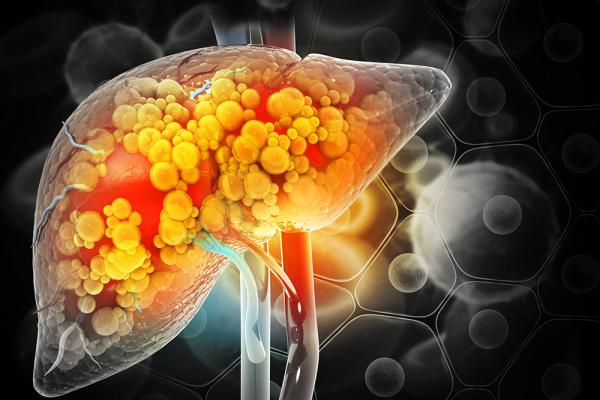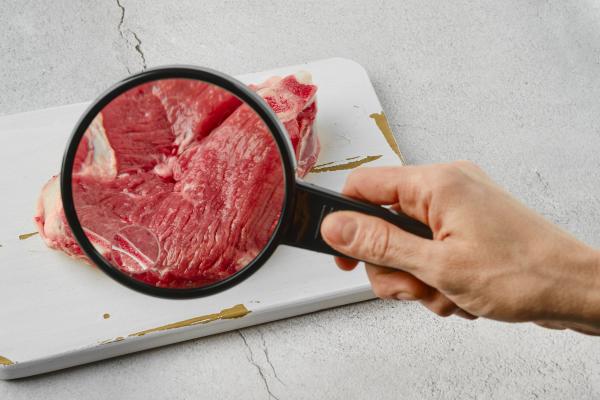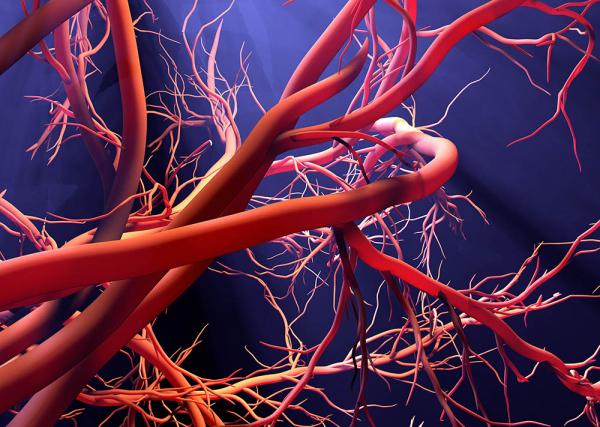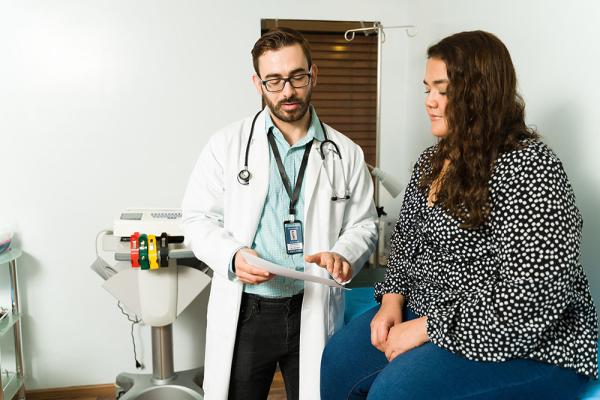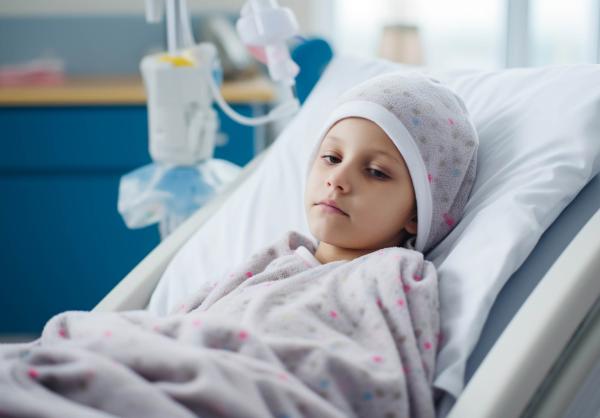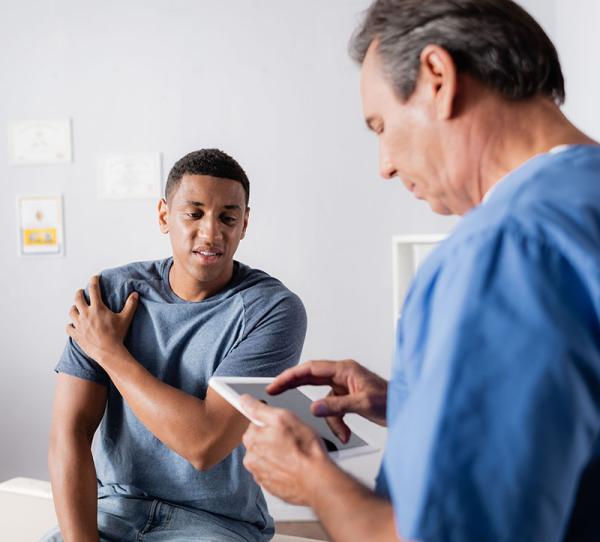Double Trouble for Alcohol-Associated Liver Disease
IRP Researchers Identify Two Types of Liver Damage and a Possible Treatment for One
While alcohol is a source of celebration and relaxation for many, it does come with significant drawbacks, especially when people over-consume it. For people who have trouble controlling their alcohol consumption — a condition called alcohol use disorder (AUD) — one of the most dangerous consequences can be damage to the liver, the organ that filters toxins like alcohol out of the blood.
In honor of Alcohol Awareness Month this April, I spoke with IRP senior investigator Bin Gao, M.D., Ph.D., about his quest to understand how AUD damages the liver and other organs by uncovering the molecules and mechanisms involved in that damage. His IRP lab also investigates how alcohol is processed in the body, producing insights that could be used to identify strategies for reducing alcohol consumption or reversing alcohol’s harmful effects.

